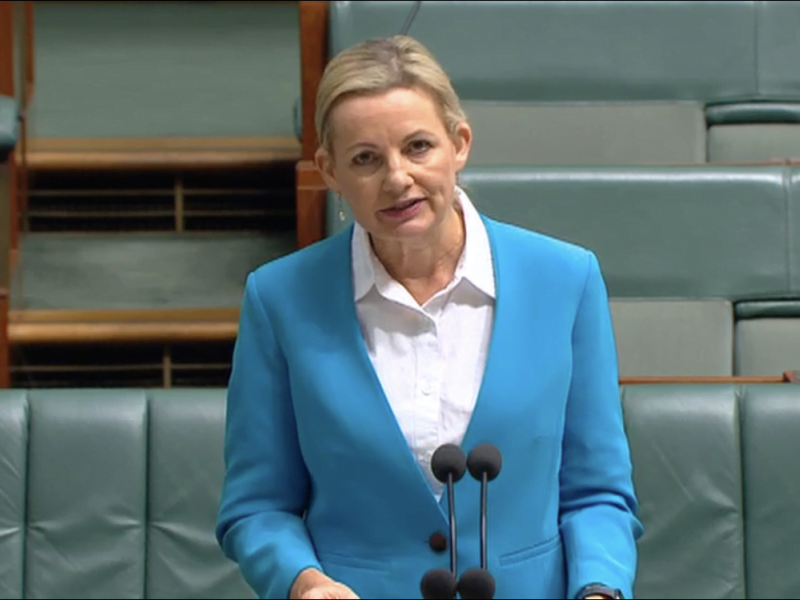The federal Opposition has criticised Labor for failing to keep Tritium’s Brisbane factory from shuttering, leaving 400 local jobs on the chopping block as the electric vehicle charging manufacturer hones on its American manufacturing.
Faced with reported liquidity problems and an ongoing search for a profit, Tritium announced to the NASDAQ on Wednesday (AEST) that it would undergo strategic restructuring as it targets profitability in 2024. This involves ending manufacturing in Australia to consolidate its American plant.
According to Tritium documents filed to the US Securities and Exchange Commission in February 2022, its workers are not represented by a union.
Shadow Industry minister Sussan Ley has put the blame for Australia’s manufacturing loss on “unaffordable energy costs and a failure of the Albanese government to get the economic settings right for Australian manufacturers”.
“This failure sits squarely with the Albanese and Palaszczuk Labor governments, destroying what little credibility Labor had left on manufacturing,” Ms Ley said.

The Prime Minister has touted Tritium as an example that Australia is well-positioned to become a green energy and advanced manufacturing superpower.
“Anthony Albanese pledged he would ‘build things in Australia’, but with hundreds of real jobs gone because of his failures, this is just another promise he has broken,” Ms Ley said.
Ms Ley backed Tritium, describing the firm as representing the “very best of Australian innovation and manufacturing and is exactly the sort of Australian manufacturer we need to ensure Australia can transition to a low emission economy”.
At the end of October, as Tritium sought a $90 million bailout from the Queensland government, chief executive Jane Hunter reportedly said that funding through the NRF would come too late.
The NRF Corporation was legislated at the end of March but only began operations in September, and has yet to release an investment mandate or appoint a chief executive.
The fund is expected to invest $5 billion in the first five years of its existence, with the remaining $10 billion to be invested in the following five years. The corporation will be expected to reach a target rate of return, although the value of this has yet to be confirmed.
Industry and Science minister Ed Husic reportedly said in November that the federal government hadn’t been approached by Tritium for funding but that they also “haven’t made a call about whether or not we’ll back them in”.
Mr Husic’s office has been contacted for comment by InnovationAus.com.
Treasurer Jim Chalmers announced that the government would develop a “recast and modernised” industrial policy to capitalise on the renewable energy transition, which will include a response to global manufacturing incentives around the world including the Inflation Reduction Act.
However, the government is not expected to replicate the same incentive structure made available through the Inflation Reduction Act.
The Commonwealth committed $5.6 million in the 2023-24 budget for Department of Climate Change, Energy, Environment, and Water-led analysis of the implications of global competition for clean energy industries for Australia.
In January, the government’s Technology Investment Advisory Council, led by former chief scientist Alan Finkel, handed a report to government on the implications of the United States’ Inflation Reduction Act for Australia’s economy.
Do you know more? Contact James Riley via Email.

